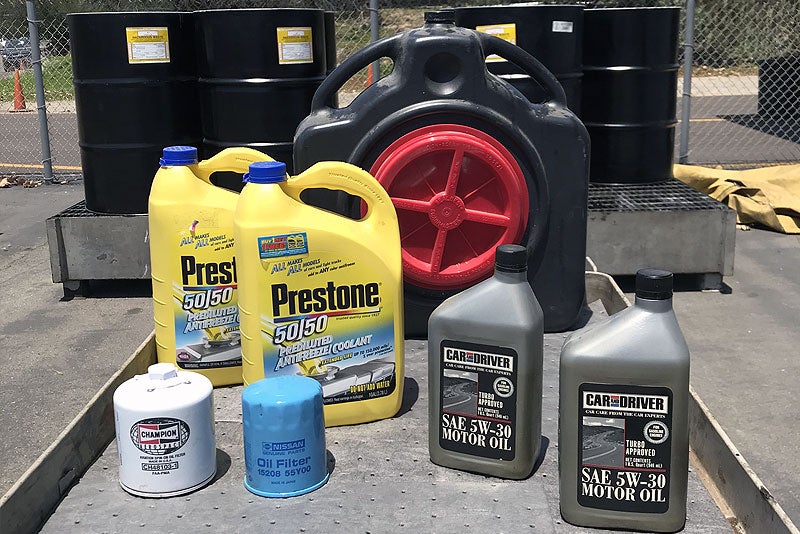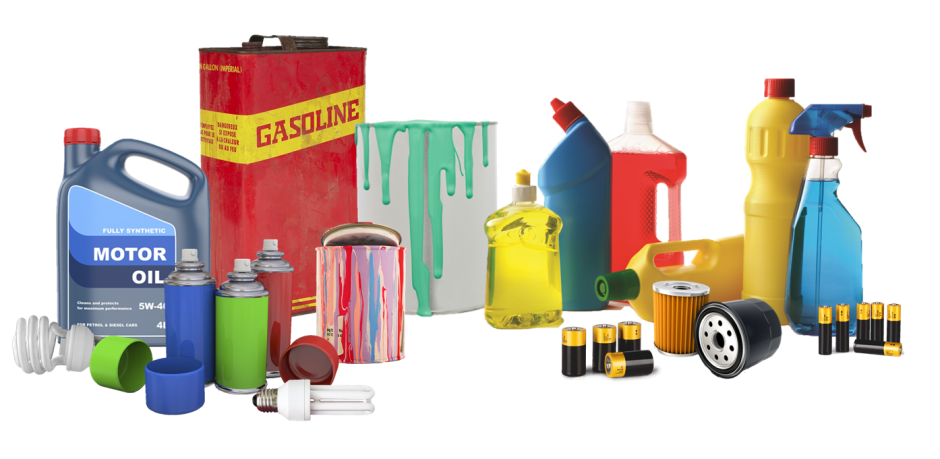Table of Content
Hazardous or harmful substances can cause a multitude of short and long-term health problems. They can also cause fires, explosions, and fatalities if they are not controlled or regulated efficiently. COSHH is vital in care homes as it encourages managers to conduct thorough risk assessments and raise awareness around any potentially harmful substances used or stored on the premises. As a business owner, you are responsible for protecting your staff and the environment from harm, so it’s important that hazardous substances are properly controlled. In this blog, we offer guidance for controlling hazardous substances in the workplace, and how to handle, store and dispose of them effectively and safely. Created in 2011, the waste hierarchy pyramid favours prevention as the highest form of waste management, by instructing companies to use less hazardous materials during design and manufacturing.

If the substance is ignitable, corrosive, toxic or reactive, then it is hazardous. Keep your family safe by properly treating, transporting, disposing of and storing all hazardous materials. Getting this right is crucial in protecting human health and wellbeing on site, especially for businesses that regularly store waste of this kind. They can prove to be detrimental to the overall environment and human health.
Treatment Of Hazardous Waste
Therefore, it is very hard to find a facility that carries out the disposal of all kinds of waste items. However, there are some facilities that focus on the disposal of specific items. Once a business owner establishes a process for how they control the hazardous substances their business uses, they can look at the more specific core areas of handling, storing, and disposing of these substances.

Making sure that harmful substances do not exceed the workplace exposure limit . In this blog, we’ll look at common hazardous workplace substances, and offer insights on how to properly dispose of these. Although household hazardous waste is excluded from Subtitle C of RCRA, it is regulated under Subtitle D of this law as a solid waste. In other words, household hazardous waste is regulated on the state and local level. Many communities have collection programs for HHW to reduce potential harm posed by these chemicals.
Disposing of Household Hazardous Waste
For instance, a scientific, healthcare or construction environment could pose any number of potential hazards from chemicals, biohazards, solvents or pesticides. Never store hazardous products in food containers; keep them in their original containers and never remove labels. Call your local hazardous materials official or fire department for instructions. Take a moment to identify and label the waste produced and refer to the waste hierarchy to ensure you have taken the appropriate measures to dispose of it.

External ionizing radiation is used for diagnostic testing and also for therapeutic care. The risk for exposures to radiation decreases when the duration of the time exposed to the radiation is decreased and when the distance from the radiation and the shielding is maximized. Also if chemical waste is mixed with other waste as a result of no colour coding, chemical waste which are toxic and corrosive may cause physical injuries and chemical burns.
disposing hazardous substances materials care home
Products and substances that are hazardous are always clearly labelled with toxic or danger signs and asterisks, and they come in orange, black and red colours. If you are unsure, consider whether the product could be damaging to the environment. Paint cans, aerosols, oils, batteries, solvents and other toxic chemicals are all classed as hazardous and must be disposed of correctly. This will help you protect the people who are in charge of disposing of hazardous substances in your company. The note will also allow them to certify whether the waste is being disposed of in a safe way or not.

Incompatible products might react, ignite, or explode, and contaminated HHW might become unrecyclable. Thanks to all authors for creating a page that has been read 92,015 times. They may react violently, producing toxins, or they may even become ineffective.
Handle with care: disposing of hazardous waste
Pre-treated microbiology, biotechnology and clinical lab waste and chemical waste . Biomedical waste is 75-85% non-infectious, 10-15% infectious, and 5-10% hazardous. In the red bin, drinking glassware, broken crockery, cling wrap, plastic bags, packing straps, sticky tape, glazed wrappers and polystyrene are deposited so they can be taken to the landfill for disposal. Even though what we can do about waste is to minimise its generation as absolute elimination is not possible, we can bring up ways to effectively manage the waste that is still generated. Waste can be said to be items that we discard because we don’t need them. Waste has been what is with man since our inception on this Earth.
Land disposal of hazardous waste contains the waste in a landfill, waste pile, injection well or other land based disposal area. These areas fall under regulation to help protect the families around them as well as reduce environmental impact. Any type of business, non-profit organization, or government office is eligible to join the EPA’s WasteWise program. Participants can utilize the free technical assistance in disposing and consultation about hazardous waste. There are even opportunities for WasteWise to assist with your business’ sustainability and environmental impact.There are opportunities in networking and public recognition for your companies environmental efforts. Depending on how established waste management is in your community, they will come out and work with you.
Due to the potentially devastating effects of certain substances, it’s crucial that they’re disposed of correctly. Make sure you reference the manufacturer’s safety data sheet and record any relevant information in your COSHH Assessment. For any working environment, authorised sites are provided for properly disposing of hazardous substances. However, many specialist waste disposal companies will collect hazardous substances from your workplace to ensure that it’s being disposed of correctly.

Hazard waste refers to any waste that’s toxic, flammable, corrosive, or reactive. Examples of hazardous waste include toxic chemicals and electronic rubbish. The UK government has set out some rules and regulations for the safe disposing of hazardous substances. If a company fails to comply with those rules, they may end up facing some severe penalties. All businesses are under a legal obligation to safely dispose, transport, store and sort all of their waste items.
Gasification converts materials containing carbon into synthetic gas. This type of gas can be used as fuel to generate electricity and other features. These kinds of waste can be incinerated or buried deep underground or treated using plasma pyrolysis.

The EPA considers any business that generates 2,200 pounds or more of hazardous waste a month to be LQG. This classification must adhere to the strictest rules deemed by the EPA. There are various different types of receptacles that can be used for different wastes. For instance you can request special containers for used batteries, syringes, and extra durable bags for heavier waste. Thanks for pointing out that animal-related wastes should also be properly separated from other kinds of garbage. I’m interested in looking for waste containers soon because I want to be a lot more serious about segregating my trash in the future.

No comments:
Post a Comment